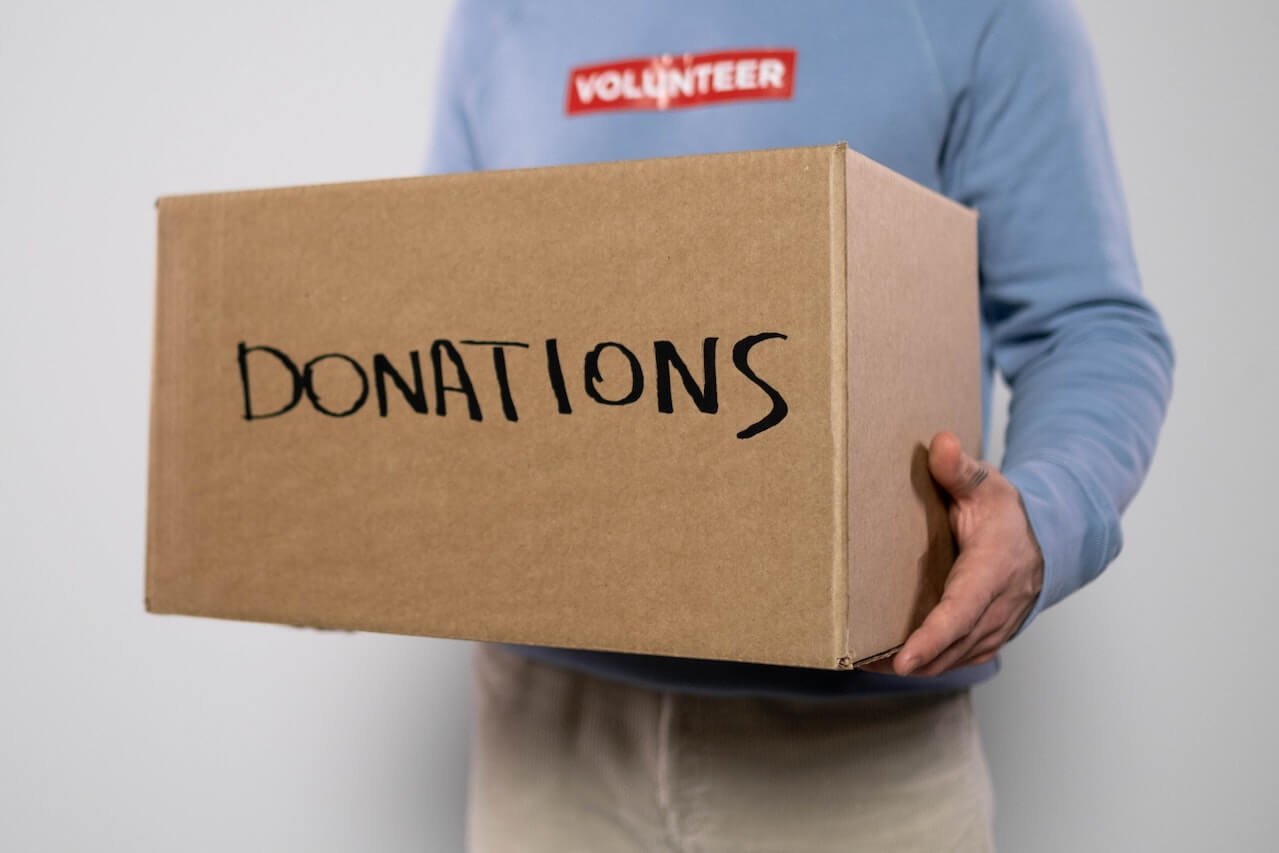Nobody wants to face the aftermath of a natural disaster, but emergency response shelters are there to help communities get back on their feet. And if you’re looking to donate items rather than money, here are 10 things most emergency response shelters need.
1. Toilet Paper
When you’re considering what to donate to a shelter, think of the things you use every day. Toilet paper is one of them! Most disaster response shelters will go through a lot of toilet paper, so donations are often welcome.
2. Waterproof Tarps
After a natural disaster, homes may be left with damaged roofs. To prevent water from getting in before the roof can be repaired, heavy duty tarps can be secured over damaged areas. If this is done early, it can potentially save homeowners thousands of dollars in mold remediation and other repairs down the line.
3. Non-Perishable Food Items
When most people go to emergency response shelters, they have only the clothes on their backs. In some cases, their homes have been destroyed and any food they had is gone. Canned food and other non-perishable items can be a huge help. They offer sustenance to people staying at shelters, but they don’t require power and space for refrigeration.
4. Personal Hygiene Products
Access to toiletries might seem like a small comfort. But when your life is disrupted by a hurricane or other disaster, having to live without body wash, toothbrushes, and other essentials will make it seem much worse.
Most shelters request smaller bottles of shampoo and other toiletries to make distribution easier. But depending on the shelter you’re donating to, you may see they have other specifications.
When you’re considering what to donate, think of the things you consider to be indispensable; toothpaste, antibacterial soap, and feminine hygiene products are a few common examples. In the same vein, hand sanitizer is always a great donation, too.
5. Bug Spray
Particularly in warm climates, the mosquitoes after a hurricane can be terrible. When there’s a lot of standing water, mosquitoes breed like never before! Both people staying in shelters and shelter volunteers are sure to appreciate bug spray. It’s especially useful for those who need to be outside cleaning up debris or putting tarps on houses.
6. Bottled Water
Even if you still have access to water after a disaster, authorities may recommend boiling water before using it. Having access to bottled drinking water can make life a lot easier for those staying in relief shelters. If you do donate, make sure the water is reasonably fresh and isn’t expired.
7. Diapers And Other Baby Items
Disasters impact the whole family, babies included. Babies in shelters need diapers, formula, and other baby items. These things tend to be expensive, so not a whole lot of people donate them. But if you have the means to do so, donating diapers and other baby necessities will certainly be appreciated!
8. Clear Storage Bags
When you start to think about the logistics of a disaster relief shelter, you think of necessities you may not have considered before. Shelter volunteers are usually tasked with distributing donated items. And without bags to hold everything, distributing toiletries and other necessities can be a daunting process. Large, clear storage bags with zipper closures tend to be very helpful!
9. Stuffed Animals
When you think of things to donate to victims of natural disasters, stuffed animals probably don’t come to mind. But for small children who have lost their homes, even a small stuffed animal can be a great comfort.
10. Gift Cards To Grocery Stores
Even if someone’s home isn’t destroyed in a natural disaster, power outages often mean that frozen and refrigerated food is ruined. Grocery gift cards let people select exactly the foods they want, fill their fridges back up, and get back on their feet. And especially for those living paycheck to paycheck, even a seemingly small gift like this will make a major difference.
Bottom Line
Hopefully, you now have a sense of what to donate to your local emergency response shelter. Just remember to check the shelter’s website, as some shelters have specific requests for the items that will help them most.
Suggested Reads:
PCNOK – Patient Care Network Innovating Health For Oklahoma’s People

